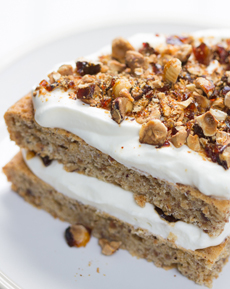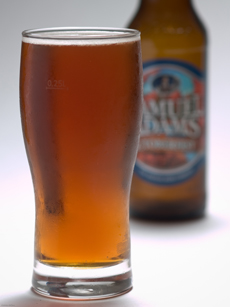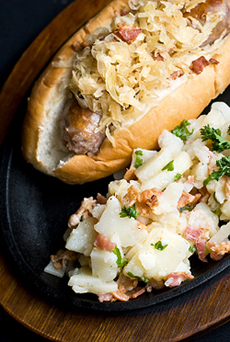So we turned to the Internet and found a solution: Fish out the fragment with a bigger piece of eggshell. There will be a magnetic attraction between the two pieces.
And, stop buying extra large eggs (explanation below).
ARE EGG SHELLS GETTING THINNER?
Egg shells get thinner when calcium, phosphorus and vitamin D3 are insufficient in the hens’ diet. Mass commercial producers tend to cut costs wherever they can, so the hens may be a bit nutrient-deficient. Instead, try eggs from a local farmer. Small farmers and hobbyists often use ground oyster shells to provide additional calcium.
Summer eggs can have thinner shells, because in hot weather the calcium is retained less efficiently by the hen. The calcium doesn’t go directly from the digestive tract to the shell, by the way. First it’s absorbed into the bones, and then reabsorbed into the body to help create the shell.
Other factors that can contribute to thinner shells include age, stress and general health of the hen. The extra large eggs we’ve been using come from older hens, and those shells are naturally thinner. As the hens age, their bodies can’t keep up with the loss of calcium through shell manufacture. Eureka!
Solution: Try large or medium eggs.
If you have tips or suggestions, please share them!
|







